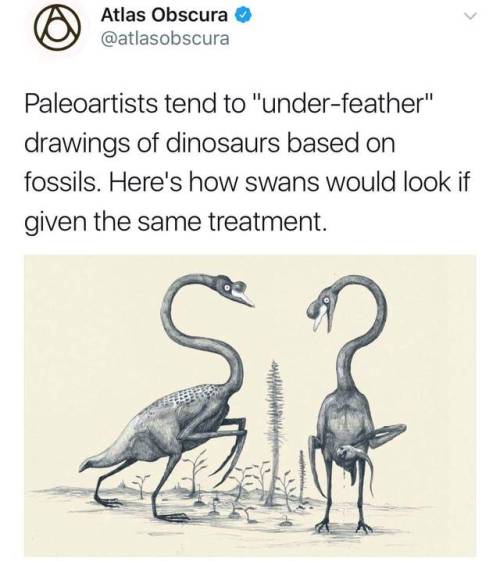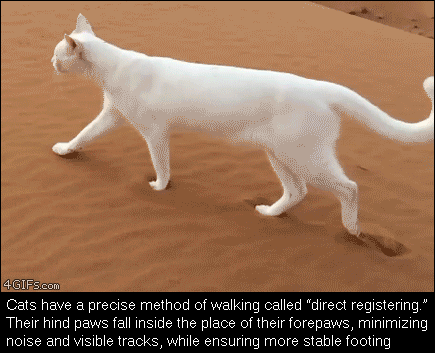A Neural Network Invents Diseases You Don’t Want To Get
A neural network invents diseases you don’t want to get
Science fiction writers and producers of TV medical dramas: have you ever needed to invent a serious-sounding disease whose symptoms, progression, and cure you can utterly control? Artificial intelligence can help!
Blog reader Kate very kindly compiled a list of 3,765 common names for conditions from this site, and I gave them to an open-source machine learning algorithm called a recursive neural network, which learns to imitate its training data. Given enough examples of real-world diseases, a neural network should be able to invent enough plausible-sounding syndromes to satisfy any hypochondriac.
Early on in the training, the neural network was producing what were identifiably diseases, but probably wouldn’t fly in a medical drama. “I’m so sorry. You have… poison poison tishues.”
Much Esophageal Eneetems Vomania Poisonicteria Disease Eleumathromass Sexurasoma Ear Allergic Antibody Insect Sculs Poison Poison Tishues Complex Disease
As the training got going, the neural network began to learn to replicate more of the real diseases - lots of ventricular syndromes, for example. But the made-up diseases still weren’t too convincing, and maybe even didn’t sound like diseases at all. (Except for RIP Syndrome. I’d take that one seriously)
Seal Breath Tossy Blanter Cancer of Cancer Bull Cancer Spisease Lentford Foot Machosaver RIP Syndrome
The neural network eventually progressed to a stage where it was producing diseases of a few basic varieties :
First kind of disease: This isn’t really a disease. The neural network has just kind of named a body part, or a couple of really generic disease-y words. Pro writer tip: don’t use these in your medical drama.
Fevers Heading Disorder Rashimia Causes Wound Eye Cysts of the Biles Swollen Inflammation Ear Strained Lesions Sleepys Lower Right Abdomen Degeneration Disease Cancer of the Diabetes
Second kind of disease: This disease doesn’t exist, and sounds reasonably convincing to me, though it would probably have a different effect on someone with actual medical training.
Esophagia Pancreation Vertical Hemoglobin Fever Facial Agoricosis Verticular Pasocapheration Syndrome Agpentive Colon Strecting Dissection of the Breath Bacterial Fradular Syndrome Milk Tomosis Lemopherapathy Osteomaroxism Lower Veminary Hypertension Deficiency Palencervictivitis Asthodepic Fever Hurtical Electrochondropathy Loss Of Consufficiency Parpoxitis Metatoglasty Fumple Chronosis Omblex's Hemopheritis Mardial Denection Pemphadema Joint Pseudomalabia Gumpetic Surpical Escesion Pholocromagea Helritis and Flatelet’s Ear Asteophyterediomentricular Aneurysm
Third kind of disease: Sounds both highly implausible but also pretty darn serious. I’d definitely get that looked at.
Ear Poop Orgly Disease Cussitis Occult Finger Fallblading Ankle Bladders Fungle Pain Cold Gloating Twengies Loon Eye Catdullitis Black Bote Headache Excessive Woot Sweating Teenagerna Vain Syndrome Defentious Disorders Punglnormning Cell Conduction Hammon Expressive Foot Liver Bits Clob Sweating,Sweating,Excessive Balloblammus Metal Ringworm Eye Stools Hoot Injury Hoin and Sponster Teenager’s Diarey Eat Cancer Cancer of the Cancer Horse Stools Cold Glock Allergy Herpangitis Flautomen Teenagees Testicle Behavior Spleen Sink Eye Stots Floot Assection Wamble Submoration Super Syndrome Low Life Fish Poisoning Stumm Complication Cat Heat Ovarian Pancreas 8 Poop Cancer Of Hydrogen Bingplarin Disease Stress Firgers Causes of the ladder Exposure Hop D Treat Decease
Diseases of the fourth kind: These are the, um, reproductive-related diseases. And those that contain unprintable four-letter words. They usually sound ludicrous, and entirely uncomfortable, all at the same time. And I really don’t want to print them here. However! If you are in possession of a sense of humor and an email address, you can let me know here and I’ll send them to you.
More Posts from Science-is-magical and Others

“Surface tension dictates the spherical cap shape of small sessile drops, whereas gravity flattens larger drops into millimeter-thick flat puddles. In contrast with drops, soap bubbles remain spherical at much larger sizes. However, we demonstrate experimentally and theoretically that meter-sized bubbles also flatten under their weight, and we compute their shapes. We find that mechanics does not impose a maximum height for large soap bubbles, but, in practice, the physicochemical properties of surfactants limit the access to this self-similar regime where the height grows as the radius to the power 2/3. An exact analogy shows that the shape of giant soap bubbles is nevertheless realized by large inflatable structures.” Via.

Trees ‘talk’ by exchanging chemicals. They communicate through underground fungi, and when they can recognize their relatives, they share nutrients. Basically, tree 'families’ help each other out. Source
It always creeps me out...
…that no matter
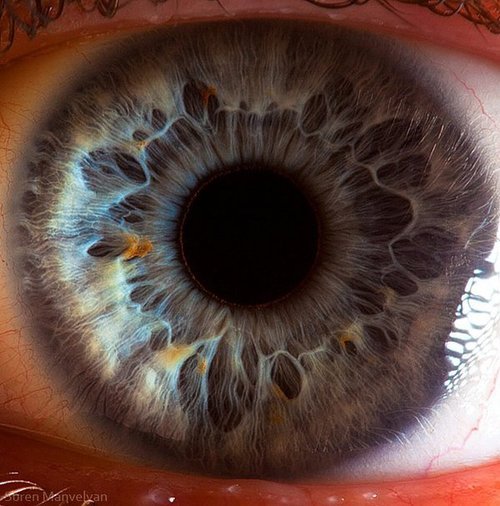
how close

you get
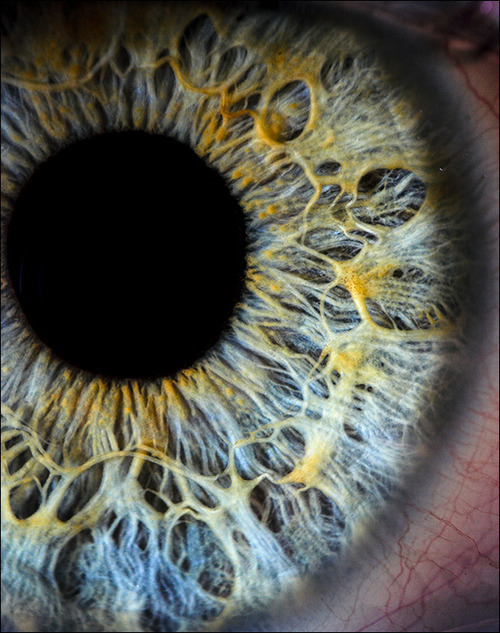
the pupil
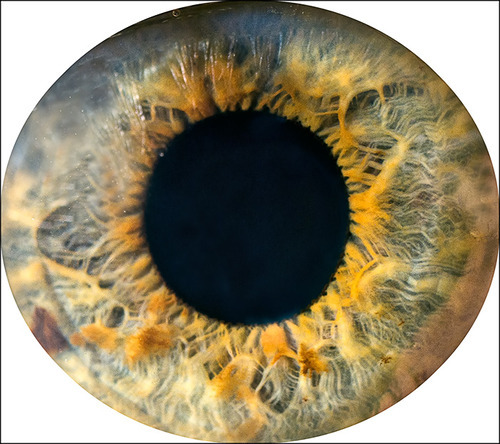
seems to
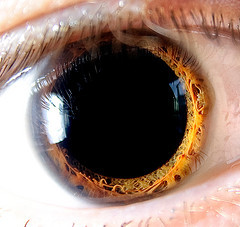
devour light
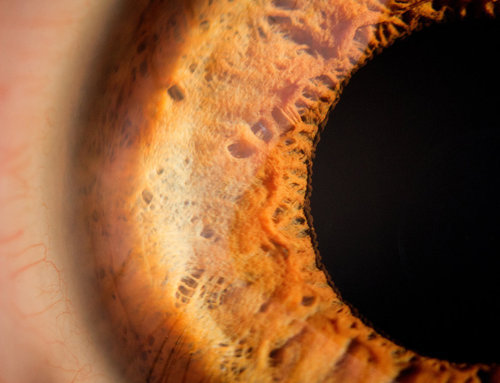
like a black hole
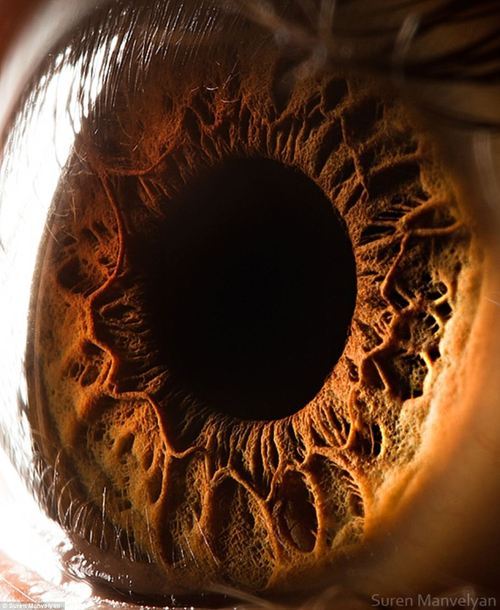
it reflects no light
Some intriguing exoplanets
An exoplanet or extrasolar planet is a planet that orbits a star other than the Sun. The first scientific detection of an exoplanet was in 1988. However, the first confirmed detection came in 1992; since then, and as of 1 April 2017, there have been 3,607 exoplanets discovered in 2,701 planetary systems and 610 multiple planetary systems confirmed.

1- Kepler-186f
was the first rocky planet to be found within the habitable zone – the region around the host star where the temperature is right for liquid water. This planet is also very close in size to Earth. Even though we may not find out what’s going on at the surface of this planet anytime soon, it’s a strong reminder of why new technologies are being developed that will enable scientists to get a closer look at distant worlds.

2- CoRoT 7b
The first super-Earth identified as a rocky exoplanet, this planet proved that worlds like the Earth were indeed possible and that the search for potentially habitable worlds (rocky planets in the habitable zone) might be fruitful.

3- Kepler-22b
A planet in the habitable zone and a possible water-world planet unlike any seen in our solar system.

4- Kepler 10-b
Kepler’s first rocky planet discovery is a scorched, Earth-size world that scientists believe may have a lava ocean on its surface.

5- 55 Cancri e
55 Cancri e is a toasty world that rushes around its star every 18 hours. It orbits so closely – about 25 times closer than Mercury is to our sun – that it is tidally locked with one face forever blisters under the heat of its sun. The planet is proposed to have a rocky core surrounded by a layer of water in a “supercritical” state, where it is both liquid and gas, and then the whole planet is thought to be topped by a blanket of steam.

6- 51 Pegasi b
This giant planet, which is about half the mass of Jupiter and orbits its star every four days, was the first confirmed exoplanet around a sun-like star, a discovery that launched a whole new field of exploration.

7- Kepler-444 system
The oldest known planetary system has five terrestrial-sized planets, all in orbital resonance. This weird group showed that solar systems have formed and lived in our galaxy for nearly its entire existence.

8- PSR B1257+12 system
Discovered in 1992 and 1994, the planets that orbit pulsar PSR B1257+12 are not only the smallest planetary bodies known to exist outside our solar system, they also orbit a neutron star. These weird “pulsar planets” demonstrated that planets exist in all environments in the galaxy – even around the remnants of an exploded star.

9- HD 80606 b
This world has the most eccentric orbit, and as one scientist put it, “wears its heart on its sleeve,” with storms, rotation, atmospheric heating, and a crazy orbit all plainly visible.

10- OGLE-2005-BLG-390
Considered to be the first cold super Earth, this exoplanet began to form a Jupiter-like core of rock and ice, but couldn’t grow fast enough in size. Its final mass is five times that of Earth. The planet’s nickname is Hoth, after a planet from Star War
Credits: NASA / JPL-Caltech
Flying to New Heights With the Magnetospheric Multiscale Mission
A mission studying Earth’s magnetic field by flying four identical spacecraft is headed into new territory.

The Magnetospheric Multiscale mission, or MMS, has been studying the magnetic field on the side of Earth facing the sun, the day side – but now we’re focusing on something else. On February 9, MMS started the three-month-long process of shifting to a new orbit.

One key thing MMS studies is magnetic reconnection – a process that occurs when magnetic fields collide and re-align explosively into new positions. The new orbit will allow MMS to study reconnection on the night side of the Earth, farther from the sun.

Magnetic reconnection on the night side of Earth is thought to be responsible for causing the northern and southern lights.

To study the interesting regions of Earth’s magnetic field on the night side, the four MMS spacecraft are being boosted into an orbit that takes them farther from Earth than ever before. Once it reaches its final orbit, MMS will shatter its previous Guinness World Record for highest altitude fix of a GPS.
To save on fuel, the orbit is slowly adjusted over many weeks. The boost to take each spacecraft to its final orbit will happen during the first week of April.

On April 19, each spacecraft will be boosted again to raise its closest approach to Earth, called perigee. Without this step, the spacecraft would be way too close for comfort – and would actually reenter Earth’s atmosphere next winter!

The four MMS spacecraft usually fly really close together – only four miles between them – in a special pyramid formation called a tetrahedral, which allows us to examine the magnetic environment in three dimensions.

But during orbit adjustments, the pyramid shape is broken up to make sure the spacecraft have plenty of room to maneuver. Once MMS reaches its new orbit in May, the spacecraft will be realigned into their tetrahedral formation and ready to do more 3D magnetic science.

Learn more about MMS and find out what it’s like to fly a spacecraft.

Birds developed the unique vocal organ that enables them to sing more than 66 million years ago when dinosaurs walked the Earth, a new fossil discovery has shown.
But the earliest syrinx, an arrangement of vibrating cartilage rings at the base of the windpipe, was still a long way from producing the lilting notes of a song thrush or blackbird.
Scientists believe the extinct duck and goose relative that possessed the organ was only capable of making honking noises.
The bird, Vegavis iaai, lived during the Cretaceous era. Although its fossil bones were unearthed from Vega Island in Antarctica in 1992, it was not until three years ago that experts spotted the syrinx.
All birds living today are descended from a particular family of dinosaurs that developed feathers and the ability to fly.
The new discovery suggests the syrinx is another hallmark of birds that was absent from non-avian dinosaurs…
-
 ratsconfusion liked this · 1 year ago
ratsconfusion liked this · 1 year ago -
 elvensilk reblogged this · 1 year ago
elvensilk reblogged this · 1 year ago -
 squeeb100 reblogged this · 2 years ago
squeeb100 reblogged this · 2 years ago -
 sapphic-and-stupid liked this · 2 years ago
sapphic-and-stupid liked this · 2 years ago -
 stillcantgetoverthesilmarillion reblogged this · 3 years ago
stillcantgetoverthesilmarillion reblogged this · 3 years ago -
 stillcantgetoverthesilmarillion liked this · 3 years ago
stillcantgetoverthesilmarillion liked this · 3 years ago -
 sweet-cynicalstrain liked this · 3 years ago
sweet-cynicalstrain liked this · 3 years ago -
 ripplesinthesand liked this · 3 years ago
ripplesinthesand liked this · 3 years ago -
 cytruslemonadee liked this · 4 years ago
cytruslemonadee liked this · 4 years ago -
 distilledinternets reblogged this · 4 years ago
distilledinternets reblogged this · 4 years ago -
 notethenhenotblock reblogged this · 4 years ago
notethenhenotblock reblogged this · 4 years ago -
 backblird liked this · 4 years ago
backblird liked this · 4 years ago -
 potato-admires-art reblogged this · 4 years ago
potato-admires-art reblogged this · 4 years ago -
 vote-one-climb reblogged this · 4 years ago
vote-one-climb reblogged this · 4 years ago -
 imtoffe liked this · 5 years ago
imtoffe liked this · 5 years ago -
 tvdfan23 liked this · 5 years ago
tvdfan23 liked this · 5 years ago -
 bibliophilea liked this · 5 years ago
bibliophilea liked this · 5 years ago -
 greenie-makuz reblogged this · 5 years ago
greenie-makuz reblogged this · 5 years ago -
 sigilcatuwu liked this · 5 years ago
sigilcatuwu liked this · 5 years ago -
 creolerap reblogged this · 5 years ago
creolerap reblogged this · 5 years ago -
 biodreamscape-blog liked this · 5 years ago
biodreamscape-blog liked this · 5 years ago -
 inocent-doodles liked this · 5 years ago
inocent-doodles liked this · 5 years ago -
 little-house-on-the-stinkfish liked this · 5 years ago
little-house-on-the-stinkfish liked this · 5 years ago -
 nezdravo liked this · 5 years ago
nezdravo liked this · 5 years ago -
 dioptaseheart reblogged this · 5 years ago
dioptaseheart reblogged this · 5 years ago -
 fuzzythefemur liked this · 5 years ago
fuzzythefemur liked this · 5 years ago -
 floorbananamotherfucker reblogged this · 5 years ago
floorbananamotherfucker reblogged this · 5 years ago -
 puppyslugs liked this · 5 years ago
puppyslugs liked this · 5 years ago -
 spaceconveyor reblogged this · 5 years ago
spaceconveyor reblogged this · 5 years ago -
 moonlightmischief liked this · 5 years ago
moonlightmischief liked this · 5 years ago -
 spaceconveyor liked this · 5 years ago
spaceconveyor liked this · 5 years ago -
 blue-politics-reblogs reblogged this · 5 years ago
blue-politics-reblogs reblogged this · 5 years ago -
 feelingbluepolitics liked this · 5 years ago
feelingbluepolitics liked this · 5 years ago -
 vanillabicth reblogged this · 5 years ago
vanillabicth reblogged this · 5 years ago -
 oingus-boingus reblogged this · 5 years ago
oingus-boingus reblogged this · 5 years ago -
 enthusispastic liked this · 5 years ago
enthusispastic liked this · 5 years ago -
 sobcultures liked this · 5 years ago
sobcultures liked this · 5 years ago -
 preeriaro liked this · 5 years ago
preeriaro liked this · 5 years ago -
 soilrockslove liked this · 5 years ago
soilrockslove liked this · 5 years ago -
 wherehipposdrome reblogged this · 5 years ago
wherehipposdrome reblogged this · 5 years ago -
 sanppyjaws liked this · 5 years ago
sanppyjaws liked this · 5 years ago -
 saxophonechihuahua reblogged this · 5 years ago
saxophonechihuahua reblogged this · 5 years ago -
 bitchmael liked this · 5 years ago
bitchmael liked this · 5 years ago -
 littletigernoname liked this · 5 years ago
littletigernoname liked this · 5 years ago -
 ms-newvegas liked this · 5 years ago
ms-newvegas liked this · 5 years ago -
 lilacbreastedroller reblogged this · 5 years ago
lilacbreastedroller reblogged this · 5 years ago -
 sleepymech liked this · 5 years ago
sleepymech liked this · 5 years ago -
 dendroica reblogged this · 5 years ago
dendroica reblogged this · 5 years ago

